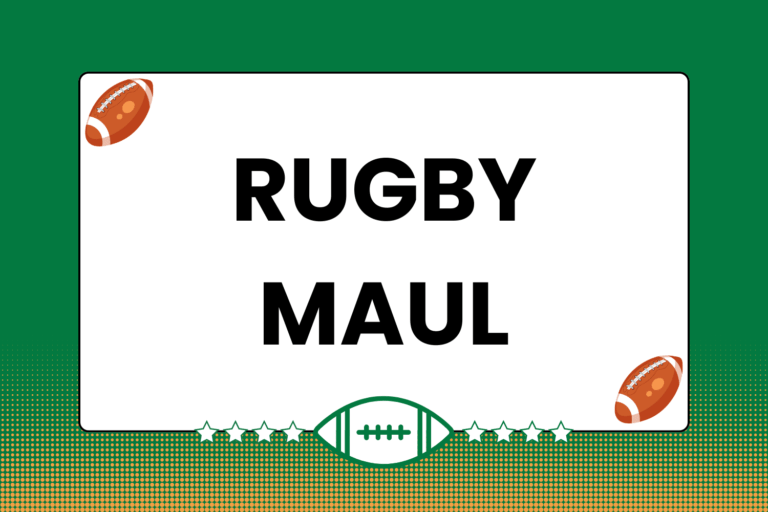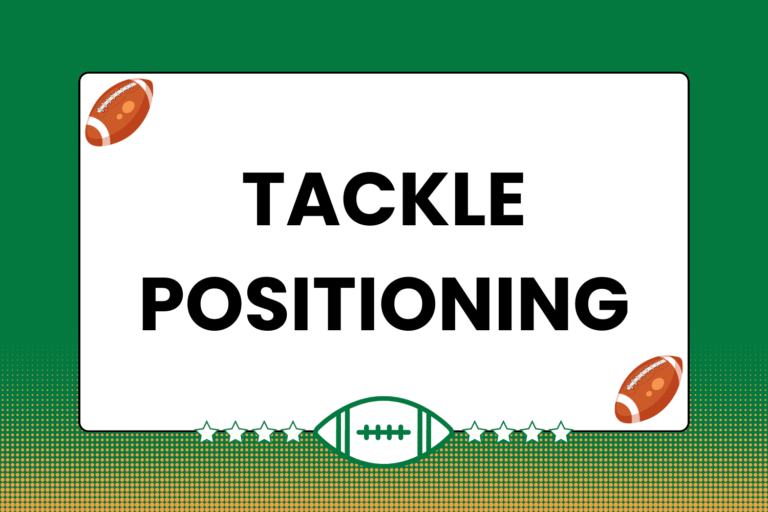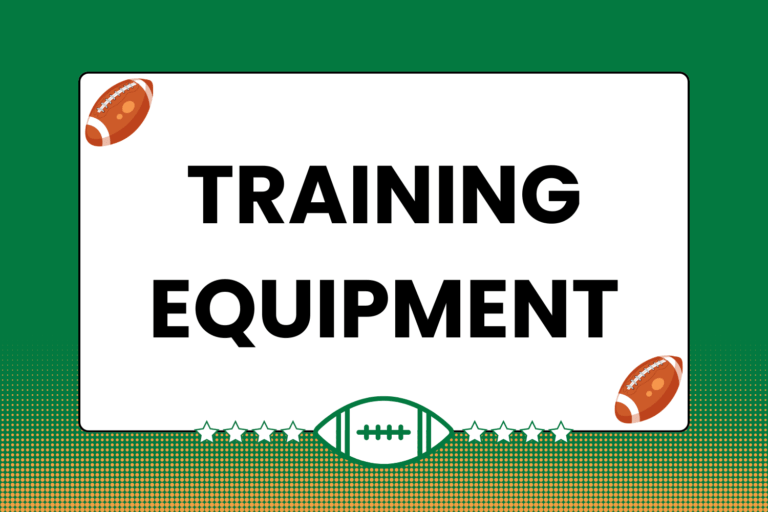One of the biggest differences between Union and League rugby is the pace of the game. In a Union match, the action is measured and time-consuming. Rucks, mauls, and contested scrums slow down the pace of the game, with more time elapsing between possessions. In a League match, on the other hand, such structures are noticeably absent, resulting in a faster paced game with fewer breaks.
However, without the inclusion of some sort of possession structure — such as the right to contest possession of the ball — the defending team in a League match would be at a noticeable disadvantage. They would either have to intercept a pass or wait until the attacking team committed a foul to take possession of the ball. Fortunately for League rugby players and fans, this is not the case. Instead of the ball being up for grabs most of the time (like in a Union game), the attacking team has six tries to get close enough to score points.
This guide explains the mechanics behind this “set of six” tackles, and how it provides structure to the League code of rugby.
The “Set of Six” Explained
To start the game, the defending team kicks the ball away and the attacking team receives it. As soon as the ball is caught, it’s up to the attack/offense to score in six attempts or less. Each attempt is called a “play-the-ball” and lasts until the player with the ball is tackled. Here’s a breakdown of how a play-the-ball (or PTB) works:
- The ball carrier runs into, gets hit by, or gets tackled by an opposing player and goes to the ground.
- Any defenders involved in taking the ball carrier down must immediately release the ball carrier and retreat 10 meters backwards, except for the two “markers” (more on this below).
- The ball carrier stands up, drops the ball by one foot, and “heels” the ball backwards to a waiting teammate, referred to as the “dummy-half” or “acting-half.” That player then picks up the ball and runs or passes it out to another teammate.
- The act of heeling the ball is what officially resumes the action, and defenders may advance at that point.
One PTB lasts from the moment that the ball is heeled back until the next instance of the ball carrier being tackled. However, there are exceptions to this rule. For example, when the ball carrier’s forward progress is halted but he remains off the ground, that player can ground the ball to end the PTB. The vast majority of the time, however, a tackle ends each PTB.
Defending the Set of Six
Unless an attacking player knocks the ball forward or out of bounds, or commits a foul, the defending team must force the attacking team to burn through all six of their PTBs. Defenders want to make those PTB-ending tackles as quickly as possible. However, the defense is susceptible to an attack if they hurry through tackles and are left out of position.
League rules dictate that as soon as the ball carrier is taken to the ground (via hit or tackle), the defenders involved in the tackle must release the ball carrier so play can resume in a timely manner. Here’s a breakdown of one PTB from a defensive standpoint:
- The ball carrier is brought to the ground, either from a hit or a tackle.
- The defensive players involved with taking the ball carrier down must quickly release him.
- Most of the defensive players will retreat 10 meters before the next PTB begins. Two defenders, called “markers,” are allowed to stay within 10 meters of the tackle. The markers force the two offensive players involved in the PTB to quickly play the ball out.
- As soon as the ball is heeled back in the PTB, the defense can advance.
Again, the attacking team is allowed six PTBs to score points. Ultimately, the defense wants to force the attacking team to quickly burn through their six PTBs as quickly as possible. This keeps the offense out of range for a goal kick, as well as gives the defense solid field position on the turnover.
Mental Edge
Although the attacking team has six PTBs at their disposal, they won’t necessarily use all six of them. If after the first five PTBs the attacking team is still too far from the opposing side’s to easily score points, it’s common (and strategically wise) for an attacking player to kick the ball away to the other team instead of running the sixth PTB. This forces the other team to start their possession further back from where the sixth tackle likely would have taken place.
Limited Opportunities
The “set of six” is one of the League rugby’s main components. It is also one of the main catalysts for the fast pace of most League matches. As a result, League rugby is perceived as quicker game than its Union counterpart. Regardless of the stylistic differences, you now have a better understanding of League rugby’s structure.





